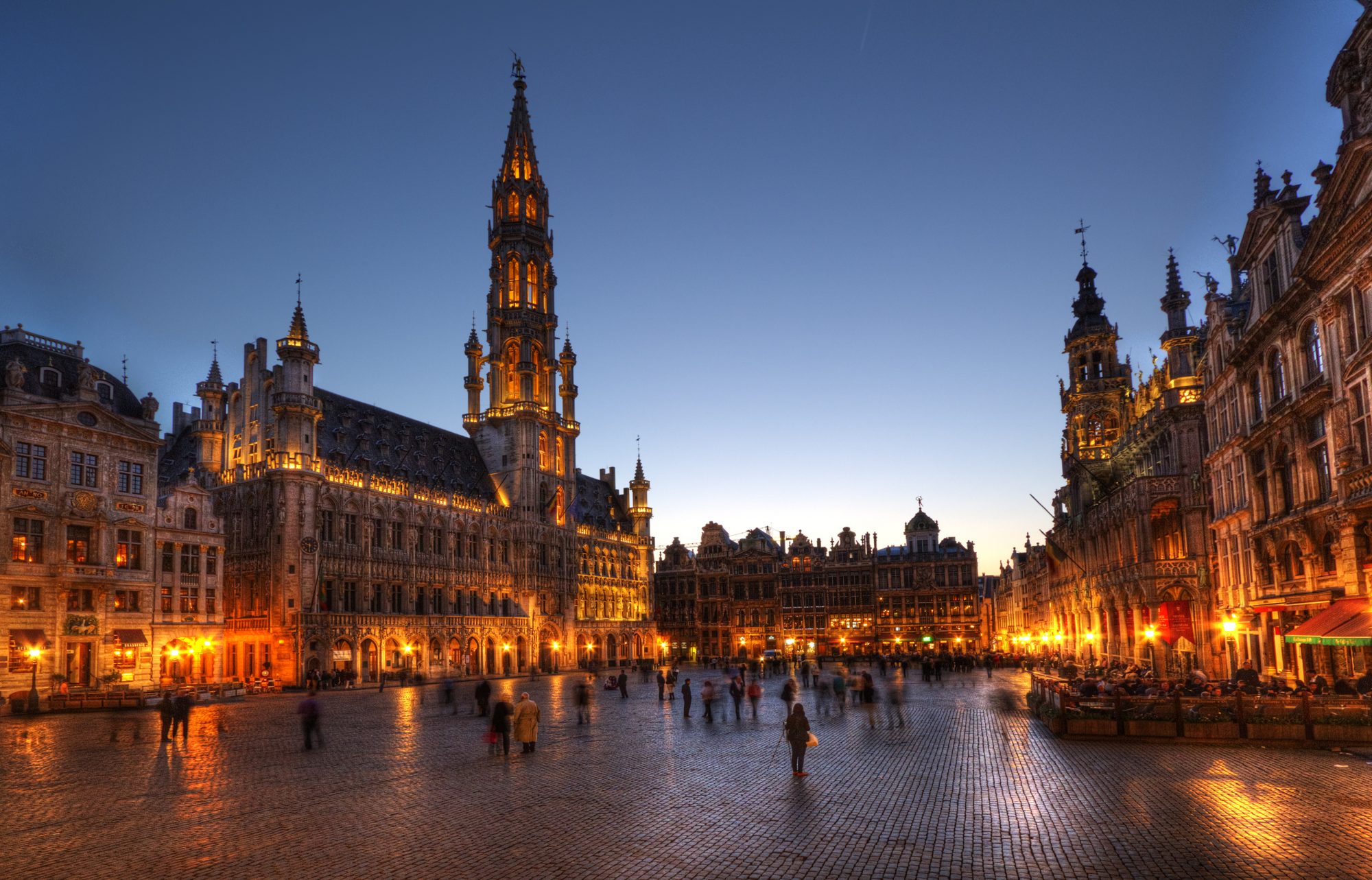And as a follow up on this a new European Ecobuilding initiative was realised also involving Solarplan in 1996 by joining 9 European cities into the European Green Cities cooperation, which realised local solar low energy demonstration projects until year 2000.
In Denmark it was the city of Copenhagen that was the partner city working with large scale urban renewal at Vesterbro.
After 2001 the participation in a large European project on BIPV, “Resurgence” secured the continuation of BIPV development and demonstration work, also in a new cooperation with the city of Copenhagen, where the Solar City Copenhagen association was established, and where it was also possible for Peder Vejsig Pedersen and Cenergia to secure funding for the unique demonstration of the CO2 neutral rooftop apartment, SOLTAG in a cooperation which also involved the VELUX company and Urban Renewal Copenhagen together with architect maa.
Unfortunately, the official policy concerning renewable energy in Denmark has always been based on a “Top Down” procedure, also when it comes to the use of wind energy and district heating technology.
The belief is that what is needed is only large wind energy and solar energy installations, which have a low cost per produced kWh, but at the same time needs large investments in energy infrastructure, while system losses are also high.
Here an ATES system will be utilised to deliver district cooling for Frederiksberg Forsyning, while the produced” waste heat” will be stored in the ground water below the ground at the site, leading to an increased temperature level, which can be used by heat pumps for the renovated and new build buildings.
An example of this is to support the aim for the lowest possible district heating temperatures, and in some cases even consider so-called ”ultra” low temperature district heating, where the operation temperatures are typically below 20°C, and you use decentralised heat pumps installed at the users.
Here it is often seen that the interest for ATES based cooling is the driving force to establish a groundwater-based energy system, while the investment in a heat pump based heating solution is often not done since the economic benefit is not as high.
